Peak production is one of the shared goals of stakeholders across the utility-scale solar value chain, but with site conditions becoming increasingly challenging, it’s a more complex goal than it used to be.
One sometimes overlooked area in the peak production conversation is the risk lurking beneath the surface on a site. Mitigating sub-surface risks long before the construction phase is one of the best ways to prevent cost escalation and delays during construction, while also setting solar arrays up for maximum productivity over its lifespan.
One reason that sub-surface factors can get less attention: the backdrop of extreme weather and external factors pulls focus toward the above-ground photovoltaic systems. As context, 2023 was the costliest year in history for natural disasters in the U.S., totaling more than half a trillion dollars, with 2024 a close second in record-breaking costs. U.S. solar facilities lost $5,720 per megawatt in 2024 due to equipment losses, with weather a key risk factor for equipment.
Understandably, priorities center around protecting solar arrays from damage, managing policy impacts, and navigating the supply chain. With additional complexities and external forces shaping utility-scale development, it becomes increasingly critical for a site to have a foundation that minimizes risks and sets the site up for ongoing success.
Snowy regions require different subsurface strategies.
A solid foundation
Selecting the right foundation requires a deep dive (literally and figuratively) beneath a site’s surface. A foundation that’s a best-fit solution for one site could lead to disastrous results at another, even if site conditions seem similar.
With the utility-scale solar footprint expanding across the U.S. at a rapid pace, sites with ideal terrain are long gone. On the bright side, there are developers and EPCs with decades of learning from building in tricky conditions, such as cold climates, uneven terrain, and unfavorable soil compositions. Experienced teams can overcome even the toughest conditions and build for performance.
A team should first ask the question: “ground screws, piles, or ballasts?” This is how they compare:
- Driven piles are a fast and cost-effective option for sites that have favorable conditions, such as low refusal risk and shallow frost depths.
- Ground screws provide stability and reduce risk on projects with tricky subsurfaces, deep frost depths, and rocky terrain.
- Ballasts are indicated for sensitive sites where ground penetration isn’t possible, like landfills or brownfields.
Still, there is no one-size-fits all answer. The best foundation choice depends on a host of geotechnical and environmental factors influenced by the soil and terrain of the project site, and one reason that soil assessment is one of the most important steps in any utility-scale build.
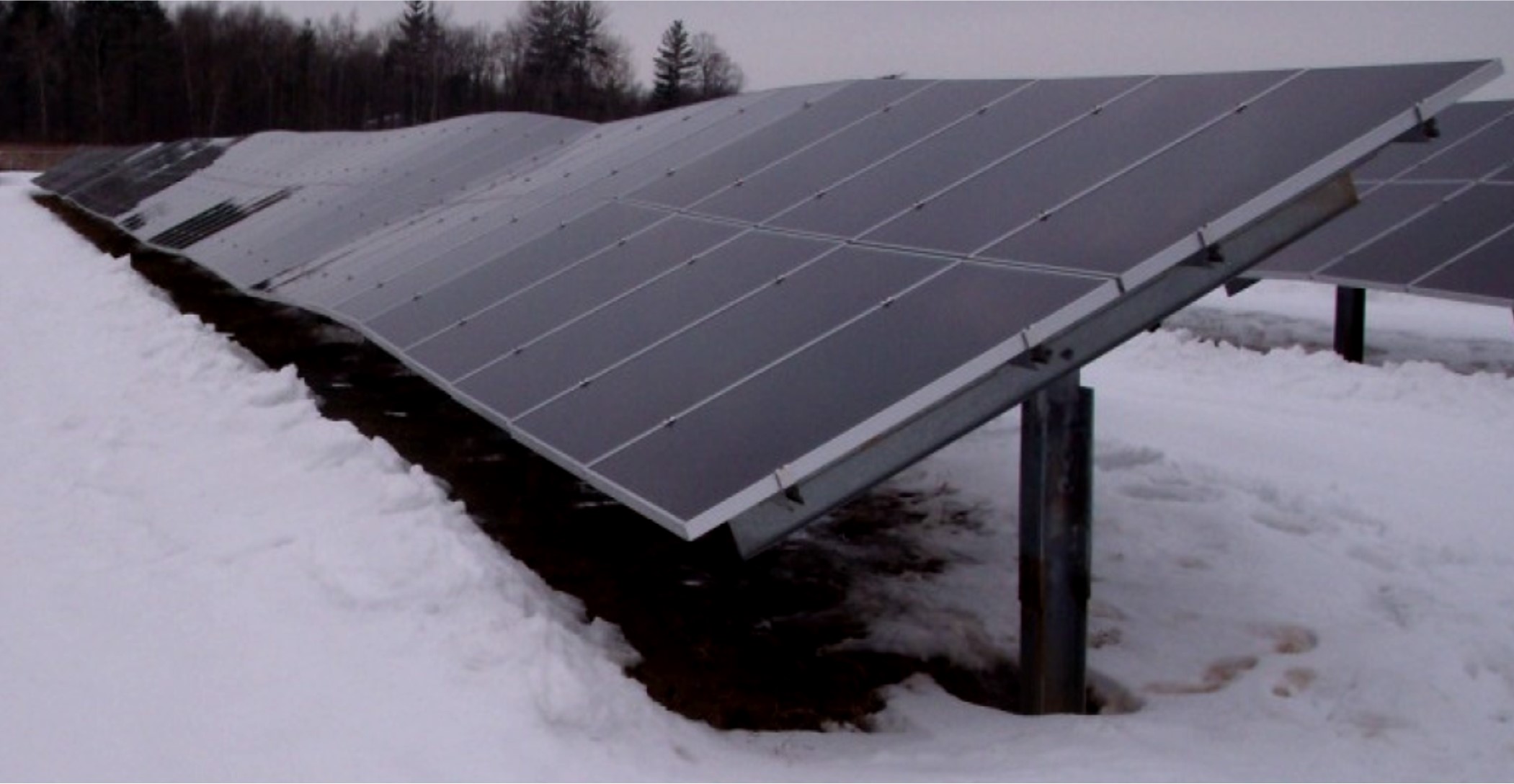
Rooting out risks
A soil assessment addresses the most common subsurface risks: refusals, frost heave or frost jacking, and corrosion.
- Refusals can wreak havoc on timelines and trigger millions in change orders. Pull tests and geotechnical analyses provide information to anticipate and minimize refusals.
- Frost heave and frost jacking occur when soil expands after it absorbs water and freezes, disrupting the integrity of a foundation. It’s not possible to completely prevent frost heave in locations prone to sub-zero temperatures, but it is possible to prevent it from disrupting site development and operations by designing for factors such as frost depth and soil composition for each site.
- Corrosion occurs at welds from the electrochemical process of two or more types of metal brought into electrical contact in the presence of moisture, especially salt water or acid rain, and when soil has higher acidity. Sacrificial steel, coating foundation materials, and conducting cathodic protection can all protect foundations and racking systems from corrosion to preserve structural integrity.
Performing a vertical pullout test in land formerly used for agricultural purposes.
Assessments in action
To prevent this host of potential issues, those who design and construct sites conduct a bevy of tests. One important test is the geotechnical report, which is central to a soil assessment. It captures critical data and analyses, including frost depth, boring logs, water table, corrosion, stress from the adfreeze bond (the bond between the frozen soil and foundation surface), and foundation recommendations.
Once a geotechnical report is complete, pull-out or tension testing will assess a foundation’s anchorage or pull-out capacity. It’s important to have two tests per location and test for both tensile and lateral force. Torque value is also tested if ground screws are considered for the site.
Even the most thorough testing and comprehensive information is of little use unless it’s accurately applied to the design and engineering decisions for each specific project. For example, the goal of a pull-out test is to determine a site’s ultimate load, a circumstance in which the foundation is displaced by more than one inch or when the safe working load of the testing equipment is exceeded. Pull-out tests are analyzed and used very differently for each type of foundation.
Installation expertise is the final piece of the foundational puzzle. Piles can be a cost-efficient option if (and only if) installation is flawless, and properly installing ground screws requires knowledge of torque value, pre-drilling, and straight vs. angled installation. An experienced team can guide the full foundational process — from assessment to geotechnical report to foundation choice to installation.
Strong, customized foundations can maximize site performance and optimize the benefits of clean energy. Even when macro factors such as extreme weather or political swings impact the industry, solid foundations do their part to maintain the structural integrity of a site.
As solar demand continues to grow, and as development takes place on a wider and wider variety of terrain and topography, building for peak production from the ground up is paramount to utility-scale expansion across the U.S.
Brian Martin is project engineering manager and Dave Valenti is lead engineer at Terrasmart, a specialist in pile and ground screw solar foundations.
The views and opinions expressed in this article are the author’s own, and do not necessarily reflect those held by pv magazine.
This content is protected by copyright and may not be reused. If you want to cooperate with us and would like to reuse some of our content, please contact: editors@pv-magazine.com.
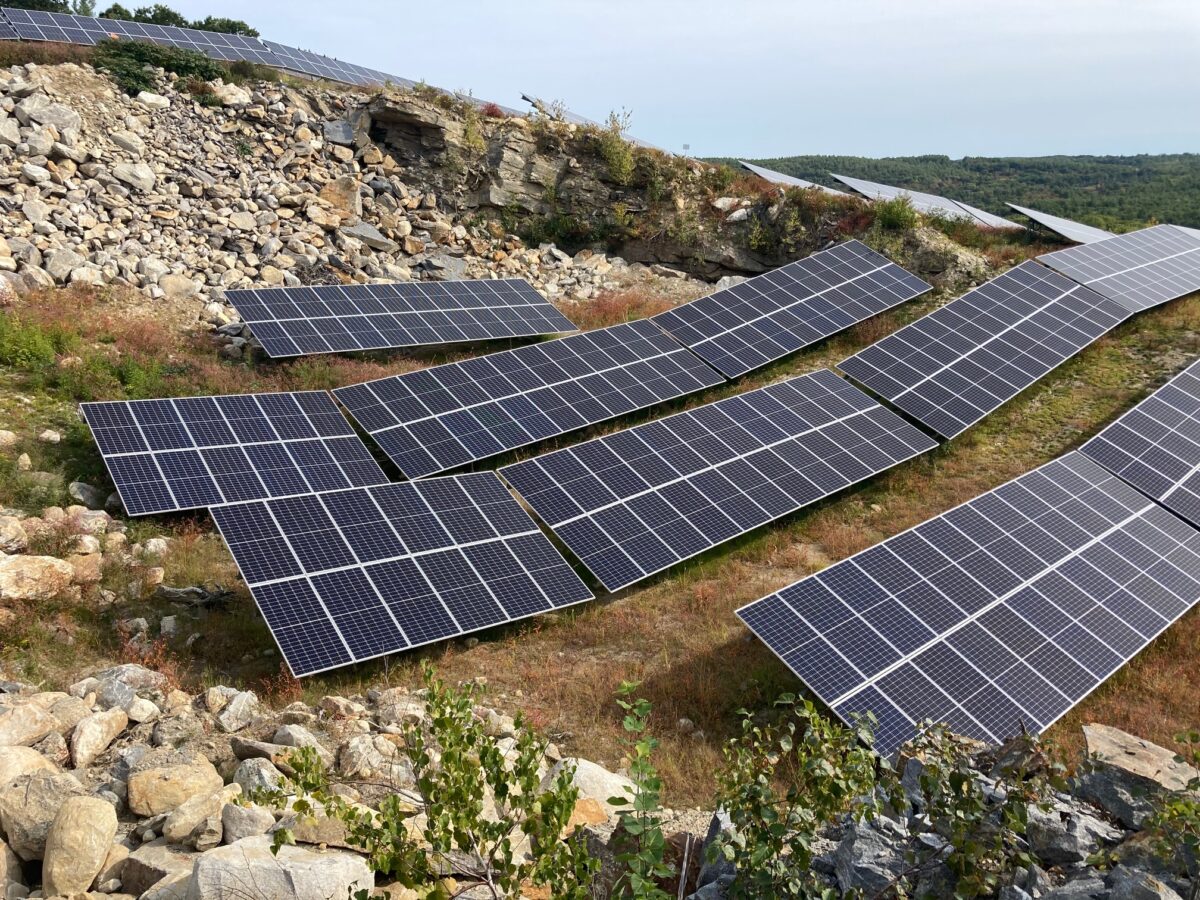
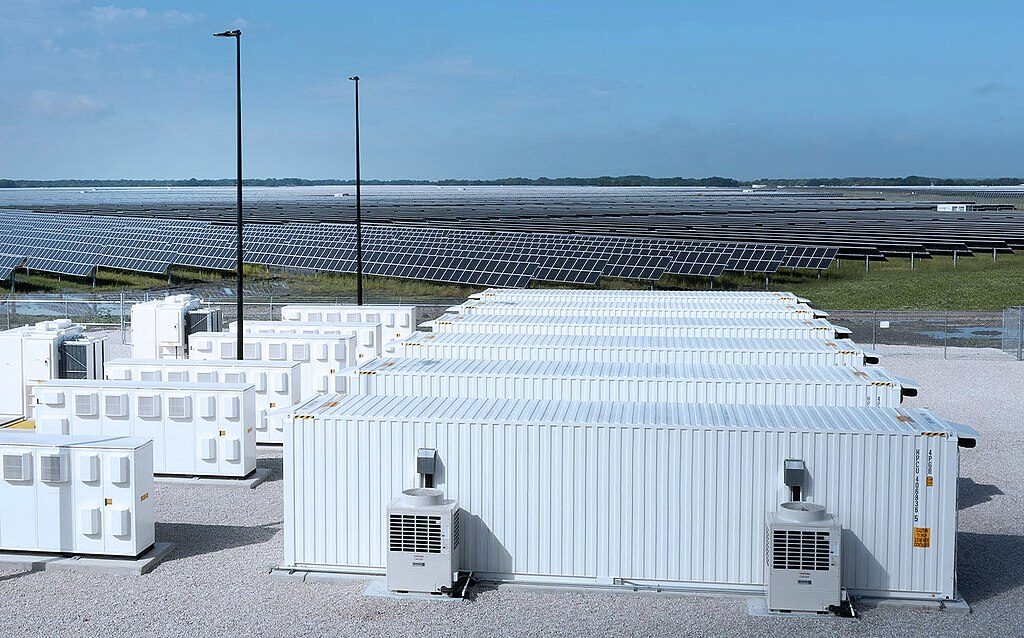

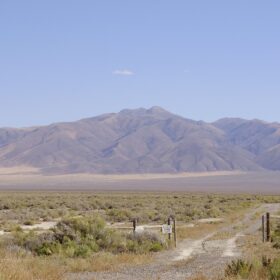
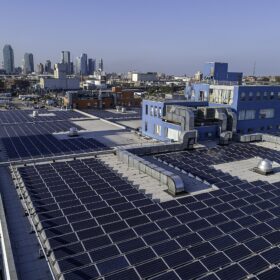
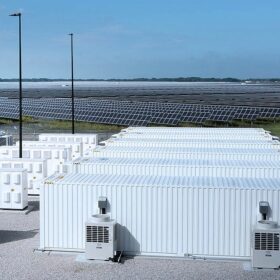
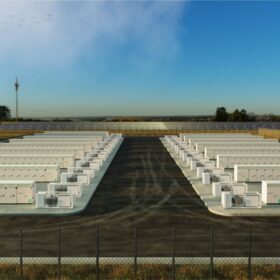
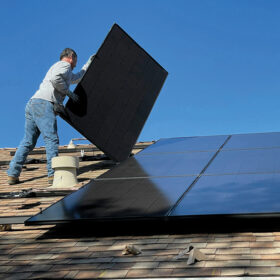
By submitting this form you agree to pv magazine using your data for the purposes of publishing your comment.
Your personal data will only be disclosed or otherwise transmitted to third parties for the purposes of spam filtering or if this is necessary for technical maintenance of the website. Any other transfer to third parties will not take place unless this is justified on the basis of applicable data protection regulations or if pv magazine is legally obliged to do so.
You may revoke this consent at any time with effect for the future, in which case your personal data will be deleted immediately. Otherwise, your data will be deleted if pv magazine has processed your request or the purpose of data storage is fulfilled.
Further information on data privacy can be found in our Data Protection Policy.